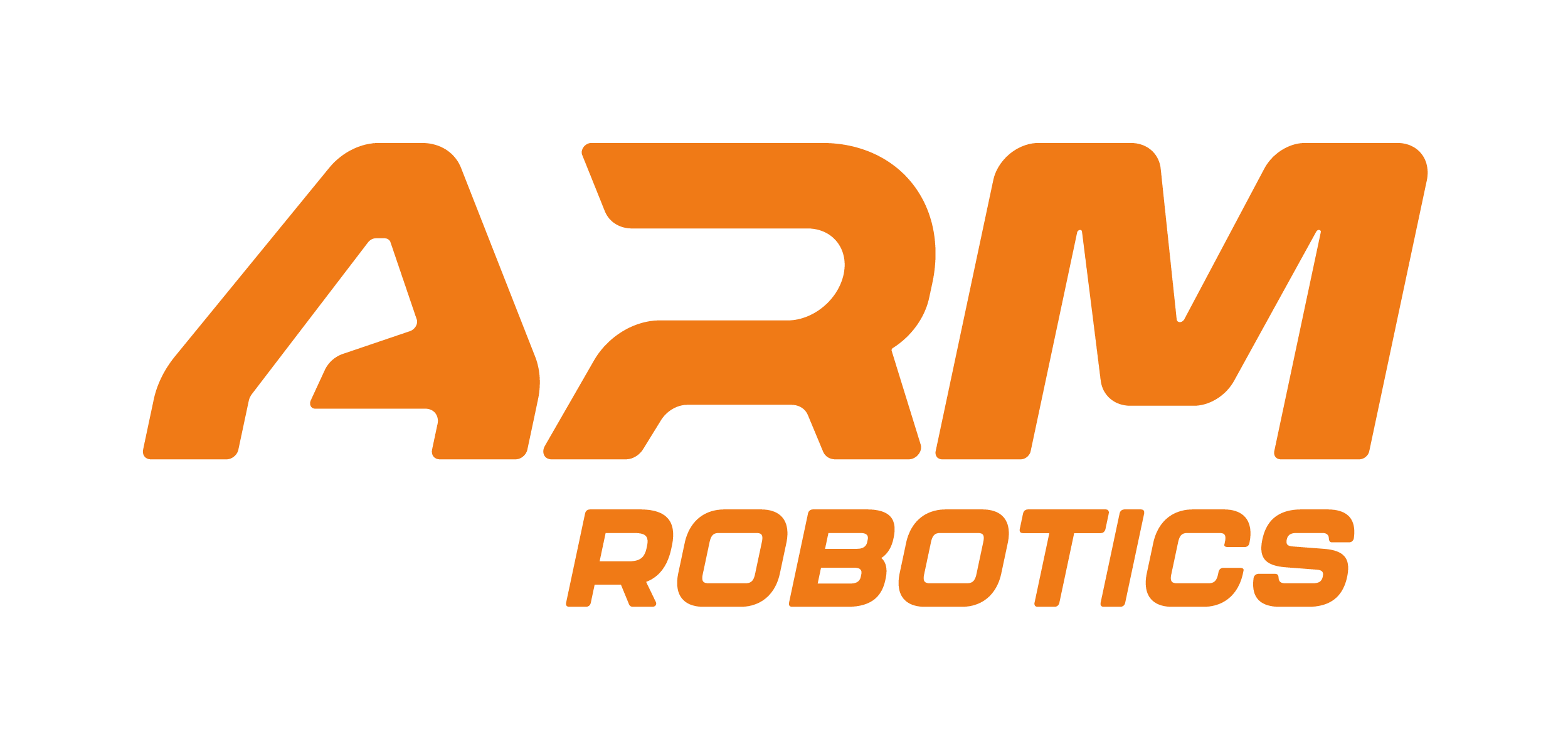
Domyślna nazwa
- Domyślny opis krótki
- 1 stepper motor, 24 to 48 VDC ±25%, 5 A (10 A peak)
- Resolution of current values at 1%
- Boost, nominal and holding current separately configurable
- Sensorless, load-dependent current control
- Integrated motor detection
- 256 microsteps per step
- Stall detection
- Complete integration in Automation Studio and CNC applications
- 4 inputs, 24 VDC, adjustable for ABR incremental encoders
- Open circuit detection for push-pull encoders
- Input ramp limit at max. 12.5 A
- Function model "Ramp" based on CANopen communication profile DS402
The stepper motor module is used to control stepper motors with a nominal voltage of 24 to 48 VDC (±25%) at a motor current up to 5 A (10 A peak). In addition, this module has 4 digital inputs that can be used as limit switches or encoder inputs.
Due to the individual adjustment of the coil currents, the motor is only operated with the current it actually needs. This simplifies the selection of the available motors and prevents unnecessary heating. Because this affects energy consumption and thermal load, the effects are positive on the service life of the complete system. Complete flexibility is achieved through the use of independently adjustable holding, maximum and nominal current values. The current for microsteps is automatically adjusted to the configured current values.
In addition, the module contains a sensorless, load-dependent current control. Depending on the operating situation and load, the module controls the current downwards. Energy savings up to 75% are possible in this way.
The automatic motor identification system is an enormous help during standstills. The stepper motor modules can identify the connected motors using their coil characteristics and generate feedback in the form of an analog value. This makes it possible to detect not only wiring errors, but also incorrect motor types being used mistakenly. "Stall detection" is integrated to analyze the motor load. Detection of the stall is defined via a configurable threshold. This allows an overload or motor standstill to be detected precisely in many different types of applications.
